Yearly Archives: 2017
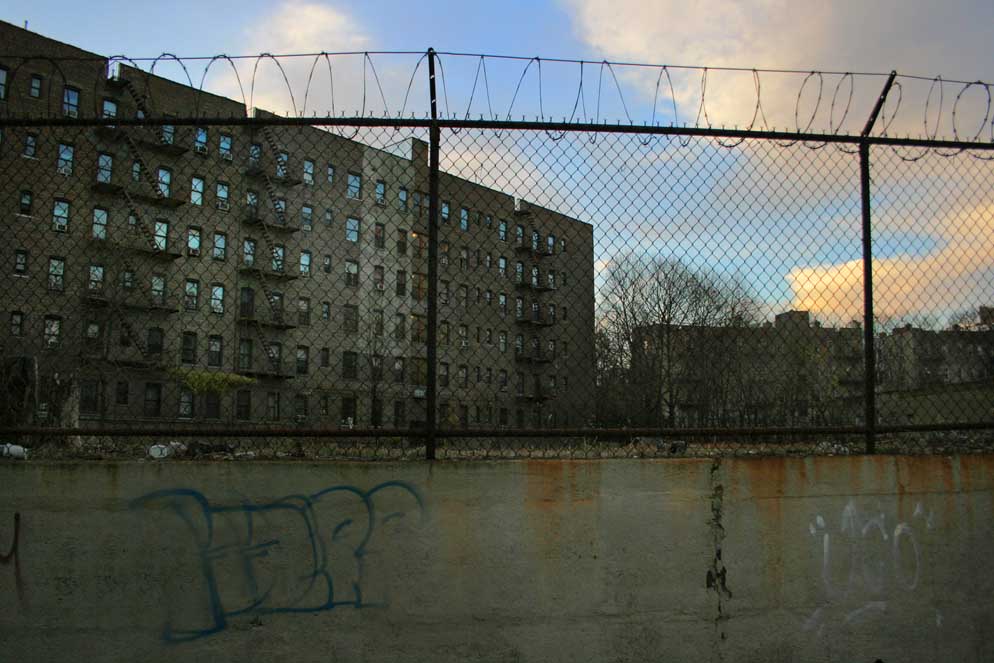
177. NEW YORK ON FOOT. Prospect Park South, Brooklyn. Taken “that first winter” in New York.
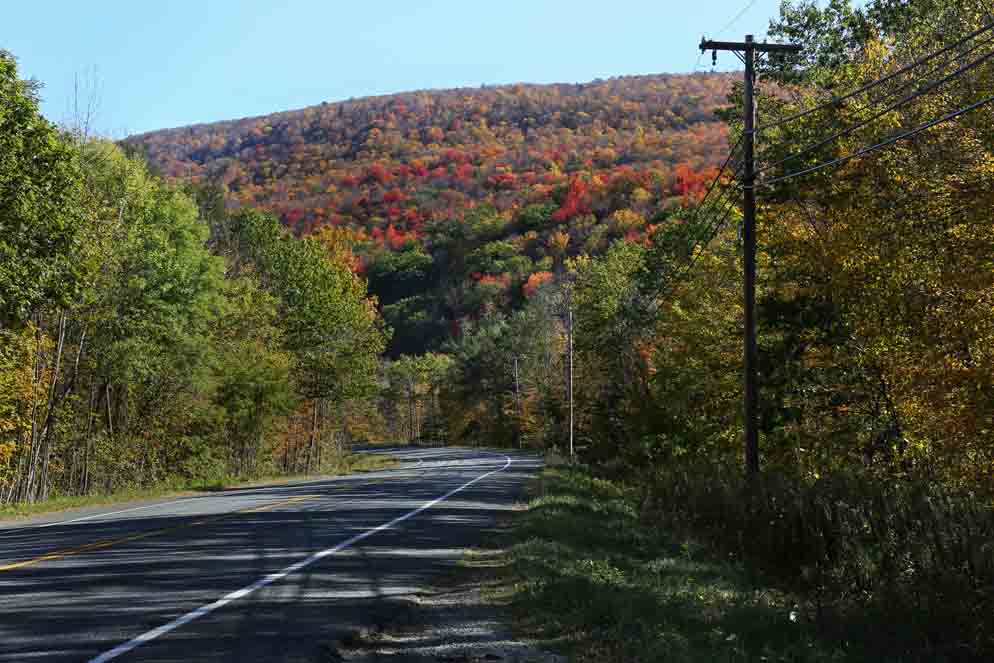
176. PASSAGES. Vermont. Arthur Rubinstein once said that he preferred his native Poland to Monaco (where he spent time later in life) because in Poland the seasons are like a four part symphony, with each expressing itself fully before the next begins.
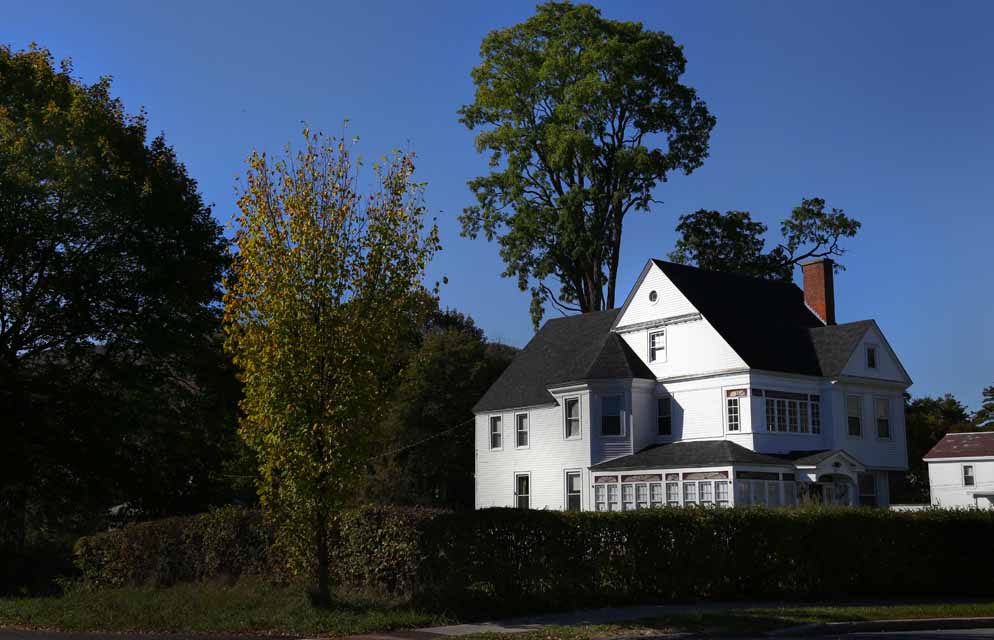
175. PASSAGES. Bennington, Vermont. Edward Hopper was fascinated with New England.
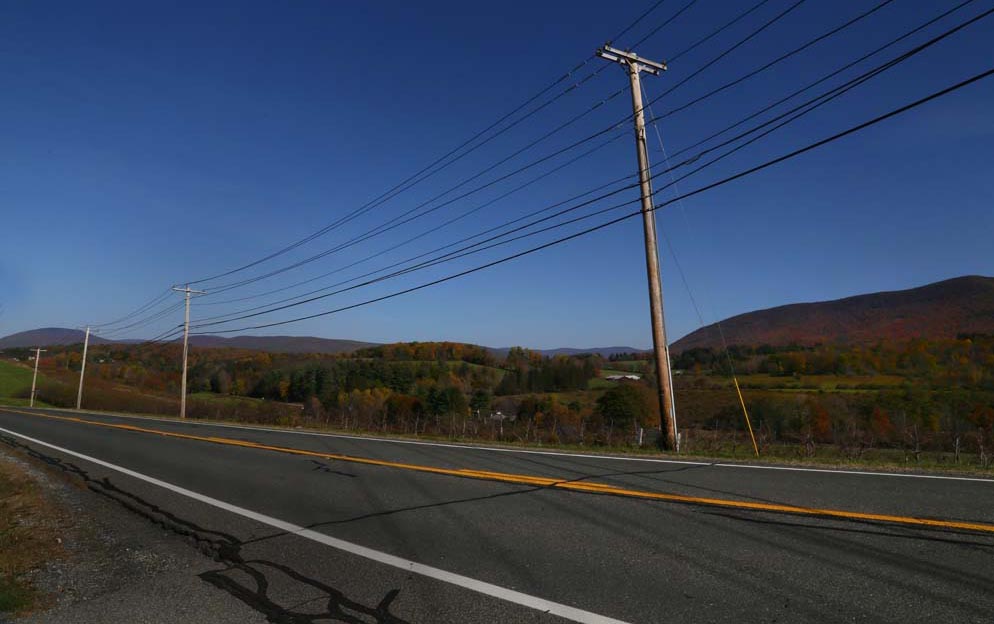
174. PASSAGES. New England. Highway 7, in the northeast corner of Massachusetts. The mountains are part of the Appalachians.
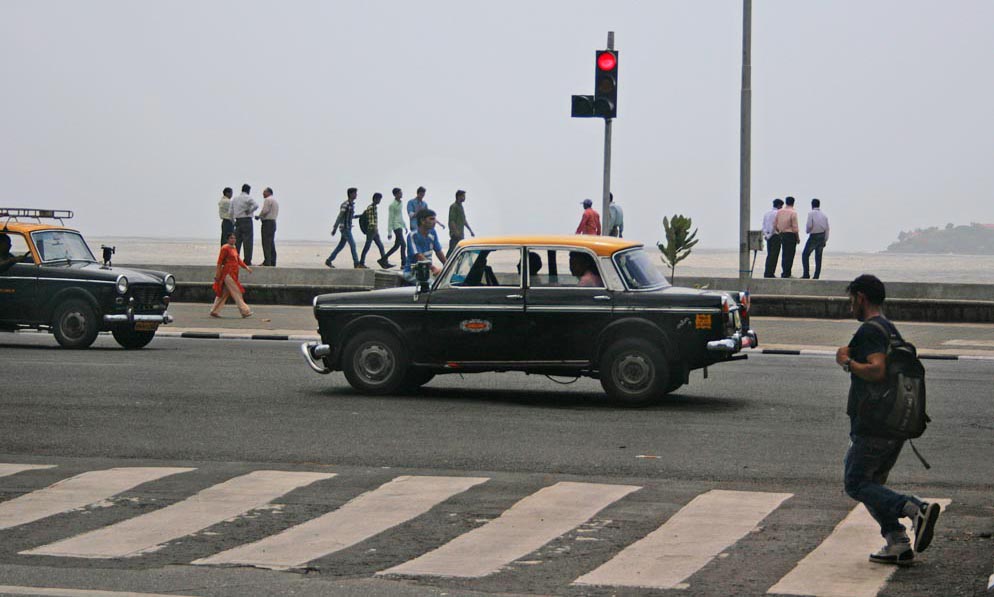
173. TRAVELS IN INDIA. Marine Drive, Mumbai. One of the great bayside boardwalks, seen here in grey monsoon season.
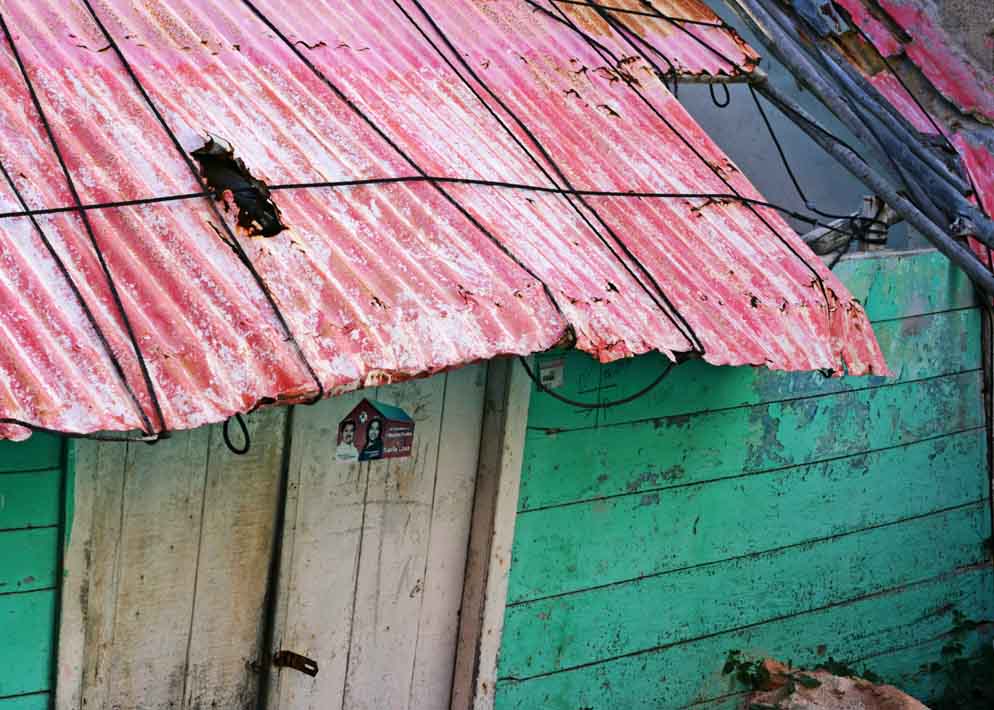
172. PASSAGES. Isla Mujeres, Mexico. Color is a language too.
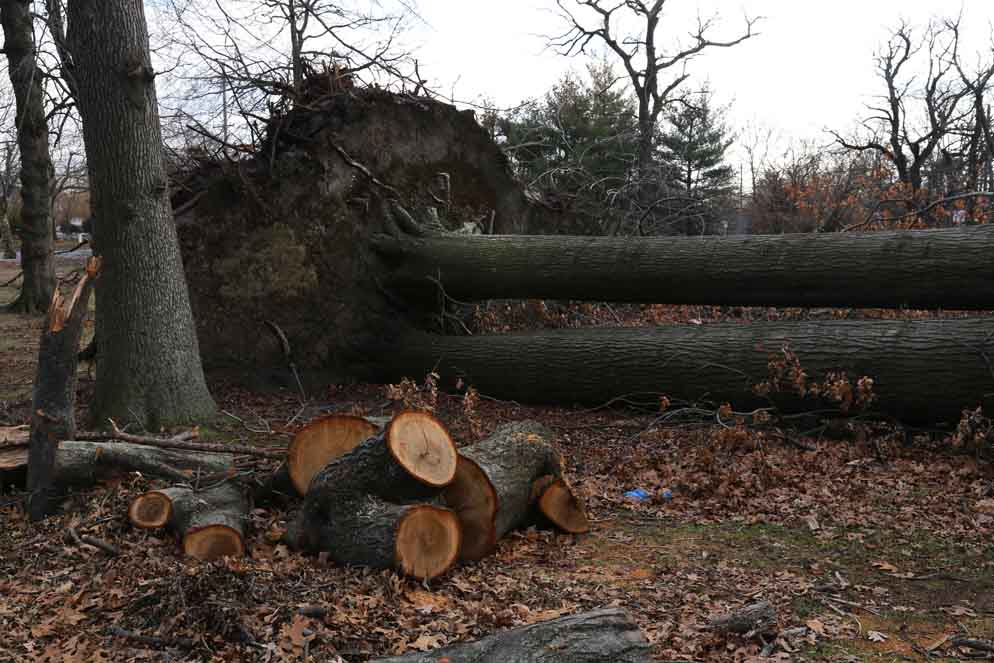
171. PASSAGES. Valley Stream, Long Island. The remnants of Superstorm Sandy, which still haunts New Yorkers. This photo taken 56 days later: Christmas morning, 2012.
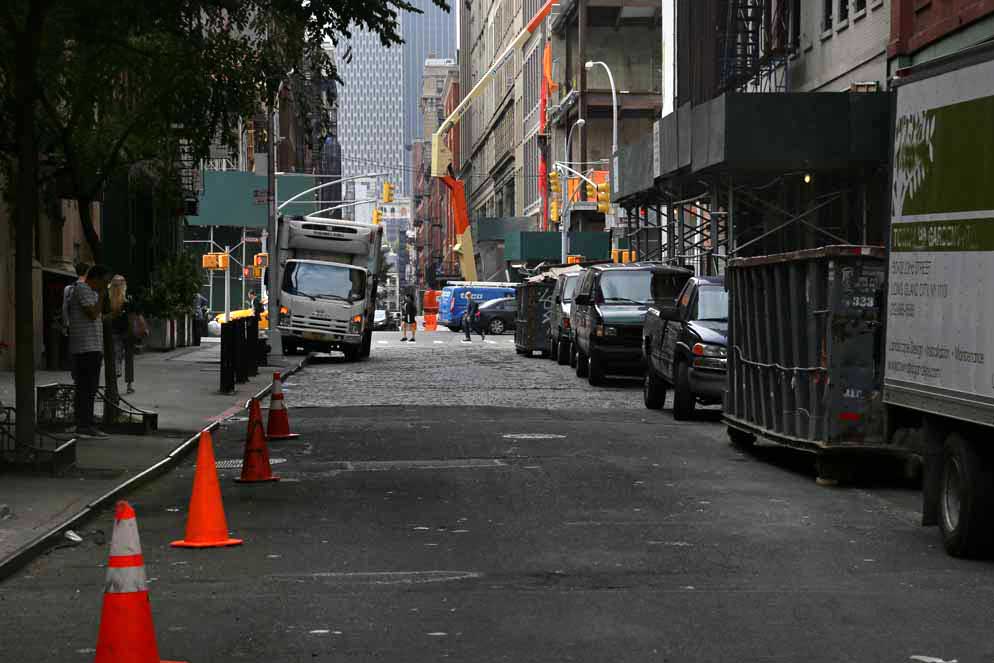
170. NEW YORK ON FOOT. Manhattan. Looking south from the corner of Crosby and Bleeker, which depending how you cut it is considered part of the East Village, the West Village, and/or Lower Manhattan. Neighborhood borders tend to be delightfully fuzzy. A lifetime upper Manhattanite I know would dismiss this area as “such downtown energy.” On the other hand, she considers downtown to be anything below 42nd Street.
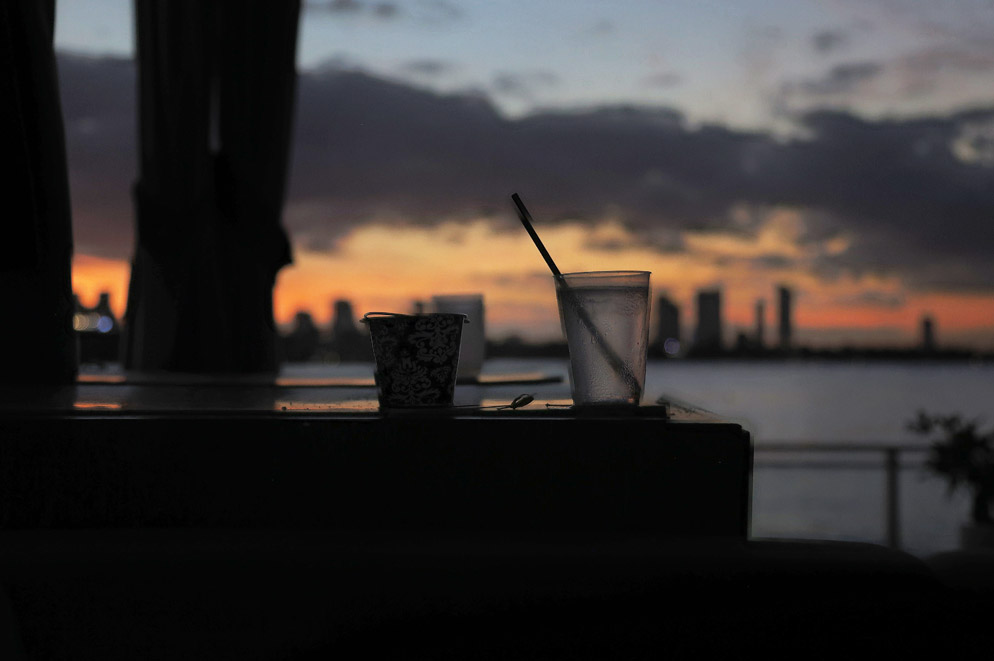
169. PASSAGES. Miami Beach. Hurricane Irma puts one in mind of the incredible sea and sky of this part of the world, its beauty and power.
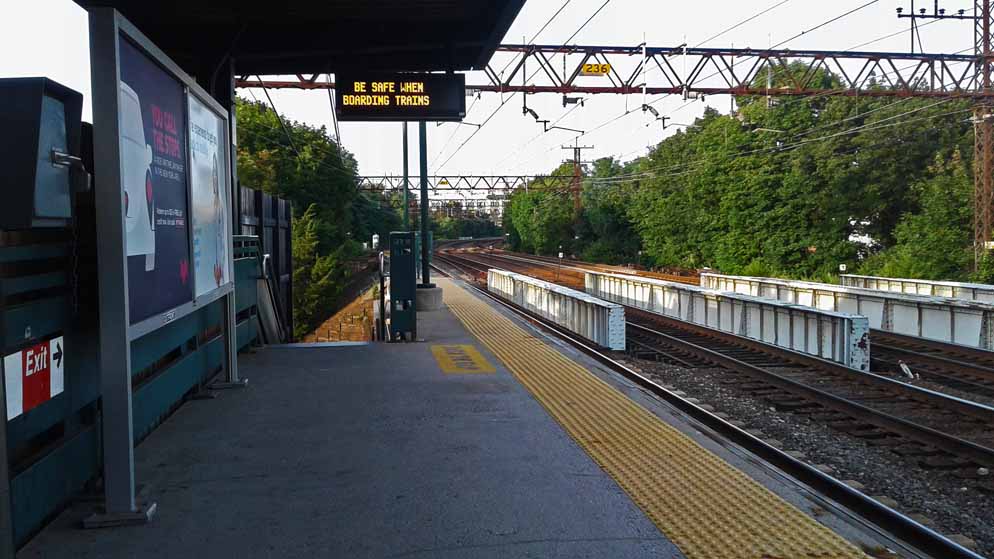
168. Passages. Port Chester, New York. The Great Gatsby, possibly the greatest American example of literary style, is the story of a New York City commuter. A recent job had me on the train to Westchester County, which is no mere bedroom community. All of the people I met there told me that they went through a “city phase” wherein they spent all their spare time in NYC. But then they “got over it” it and now rarely visit. I saw a website with the title “18 things Only People From Westchester Understand.” A submarine sandwhich in Philly is a Hoagie, in NYC its a Hero, but in Westchester its a Wedge.
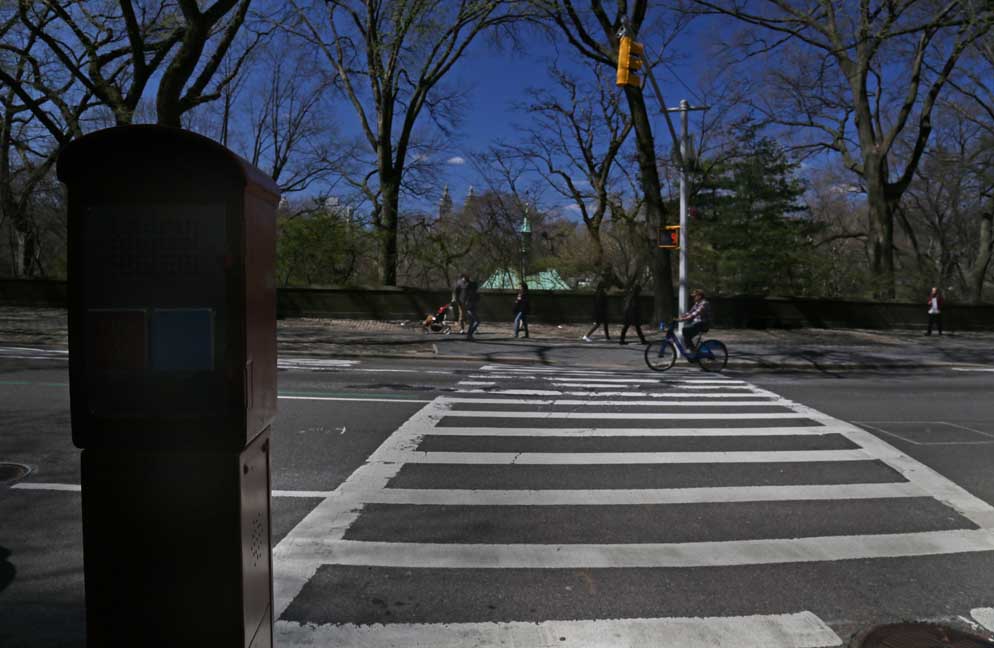
167. NEW YORK ON FOOT. Upper East Side. Looking west across 5th Avenue into Central Park on a spring Sunday.

166. NEW YORK ON FOOT. Midtown Manhattan. Semiotics is the study of signs, and regarding photography a semiotician might say that a still image is in fact a moving image. There is a sequence the eye follows in a photograph as it moves left to right, up and down, guided by the content of the photo. This photo has three things going on and humourously comments on the constant collision of significations in this city. In other words, I thought it was funny.

165. PASSAGES. Century City, Los Angeles. I misread the title of an article called The Color of Wealth in Los Angeles (discussing wealth by race), and thought it said The Color Wealth of Los Angeles. Not to denigrate a serious topic, but color is one of the riches of LA. Maybe its the nonstop sunshine, but even the gritty parts of LA seem light, bright and pastel, especially to an eye accustomed to the beautiful grime of New York city. Coastal communities often paint their buildings in bright colors–to be more visible to the returning boats I am told. One can’t forget the Latin American heritage of LA; it reminds me of Mexico, which to a Northerner comes off as an electric color culture.
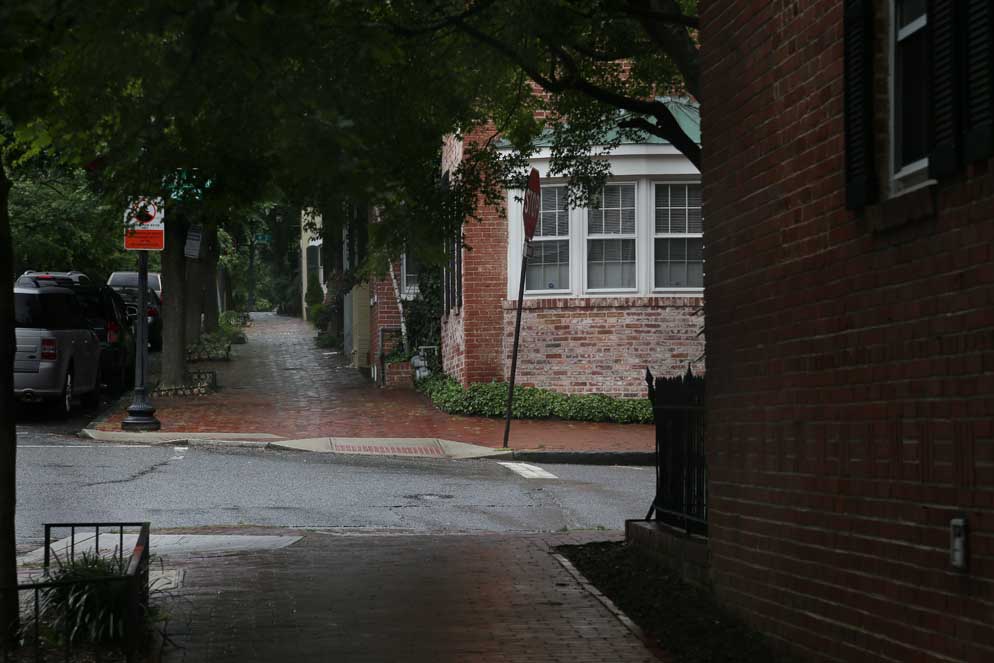
164. PASSAGES. Georgetown, Washington DC. A historic neighborhood that predates the formation of DC. It reminds me of Charleston SC, but any place with a whiff of Confederate architecture reminds me of Charleston. Washington is on the dividing line between the Northeast and the Confederate South–two cultures that are polar opposites. With its restless political energy, with Baltimore and Chesapeake Bay just down the road, Washington is a city full of beautiful contradictions.

163. PASSAGES. Washington, DC. Being an inveterate traveler develops some unconventional measures of the world. For example, I have long believed that a good measure of a region’s wealth is the amount of electric light it can afford to waste on decoration. I have seen small towns in the developing world where a sole flourescant bulb in the village square after dark is the extent of it. One reads statistics about the USA being the world’s biggest economy, but statistics are abstract and unreal. Take a tour of the DC monuments at night to understand the wealth and resources of this country.

162. PASSAGES. Washington, DC. With its wide, breezy avenues and epic public buildings, DC puts one in mind of New Delhi. The National Mall brings back fond memories of the area around India Gate. DC also looks a little like Paris in places, possibly because the city planner for modern Washington was a Parisian who left art school to join the American Revolution, taking sides with the “rebelling colonials”.

161. NEW YORK ON FOOT. East Midtown. The quotidien life and weather of a great city. New York winters are of the North Atlantic variety, sleety and damp like London or Paris. There are plenty of heavy snow dumps, but they melt into a foot-soaking mess after a day or two.

160. NEW YORK ON FOOT. Kips Bay, Manhattan. Evening summer light, neon, and sidewalk life in an impersonal stretch of far east Manhattan. The green cast of the flourescents in the deli evoke a different time.

159. NEW YORK ON FOOT. Central Park. Dogs and daffodils on a spring day at Cedar Hill. Cedar Hill’s nickname is Dog Hill, due to the fact that between 6 and 7am the area is inundated with hundreds of offleash Manhattan canines having the time of their lives. Kids and dogs were not built to be cooped up in small apartments, which is why I believe theirs is the purest love for a much loved place.

158. NEW YORK ON FOOT. Harlem. Looking north at the bottom of the hill that transitions the Upper East Side into El Barrio (AKA Spanish or East Harlem). The two communities are not alike (to put it mildly). The various hills in Manhattan were named when the island was rural, “mostly hills and shrubbery”. The bucolic place names are ironic, Turtle Bay being the most iconic. I have tried walking the boundaries of Murray and Carnegie Hill a few times, but it is not easy to navigate hills in the urban tangle.